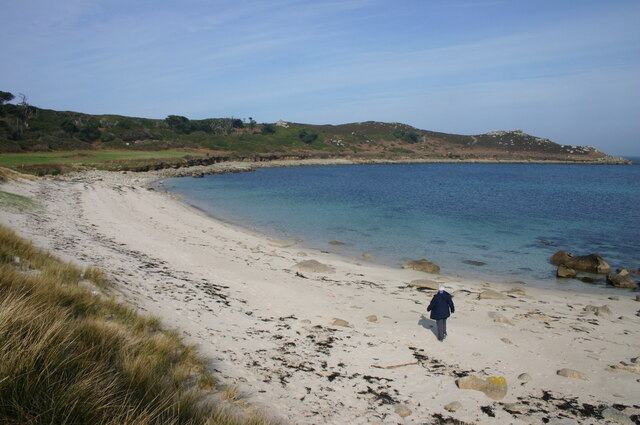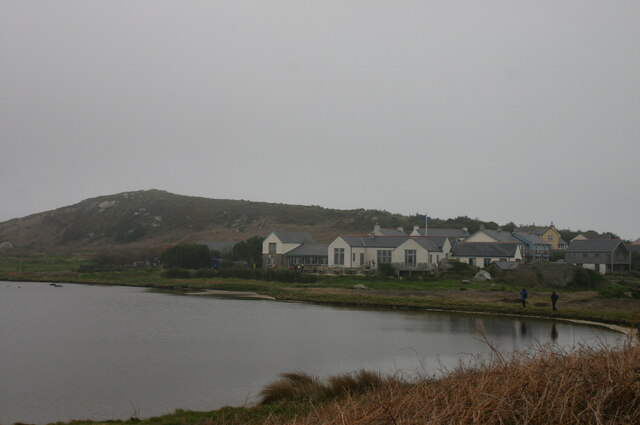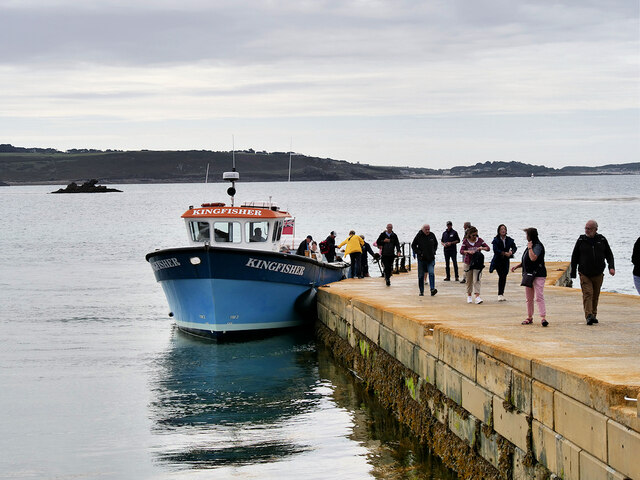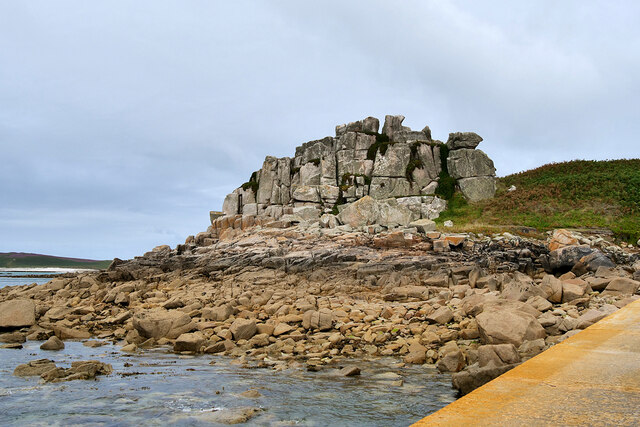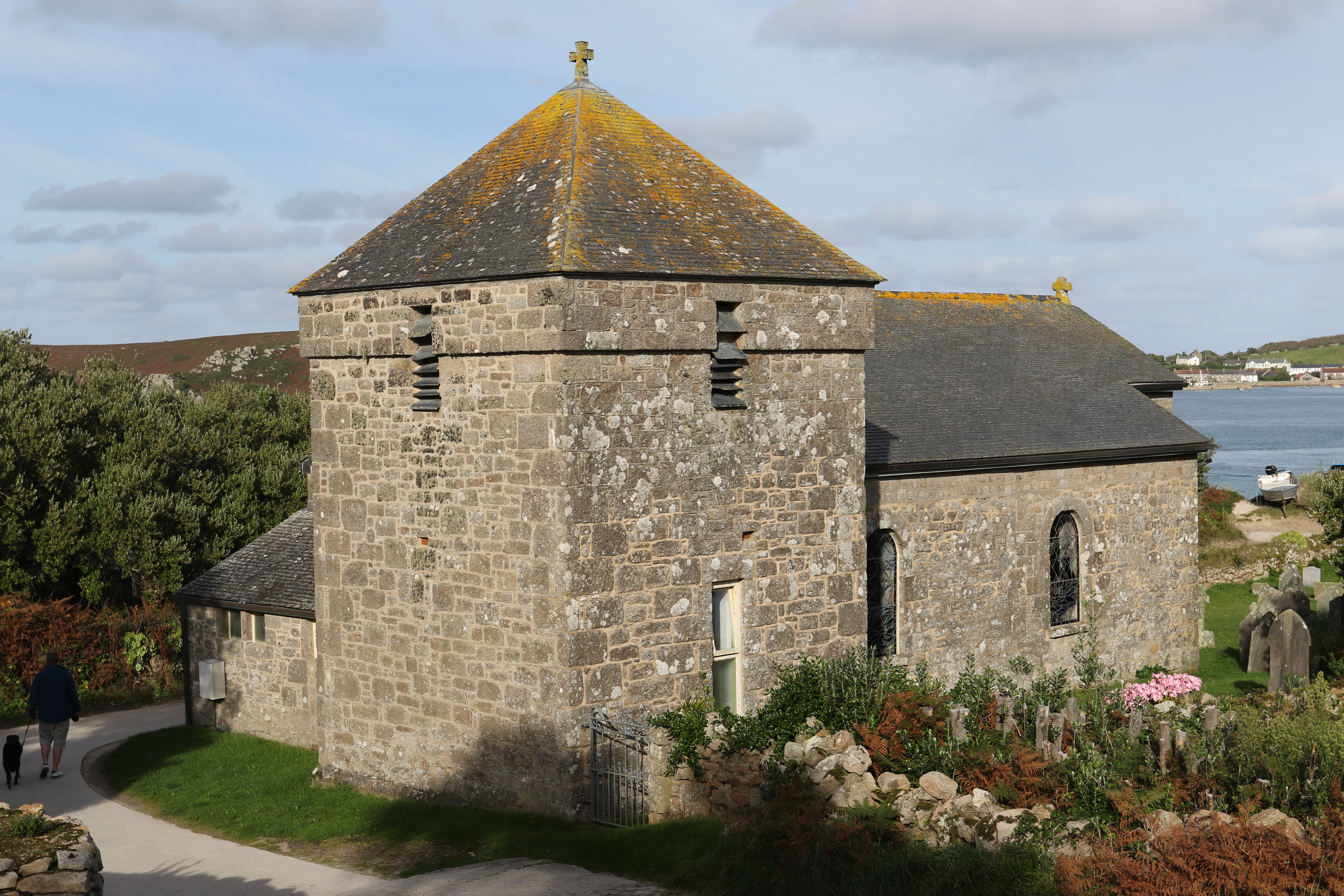The Green
Downs, Moorland in Cornwall
England
The Green

The Green, Cornwall, located in the southwestern tip of England, is a picturesque region known for its stunning natural landscapes and diverse ecosystems. Covering an extensive area of downs and moorland, it offers a unique blend of rugged beauty and tranquility.
The downs, characterized by rolling hills and grassy plains, provide a striking backdrop against the clear blue skies. These open spaces are home to a variety of flora and fauna, including wildflowers, grazing animals like sheep and ponies, and numerous bird species. Walking along the well-marked trails, visitors can enjoy breathtaking views of the surrounding countryside and the distant coastline.
The moorland, on the other hand, offers a more dramatic and mystical atmosphere. Here, one can find vast expanses of heather-covered hills, marshes, and bogs. The landscape is dotted with granite outcrops, adding to its rugged charm. Exploring the moorland, visitors may encounter wildlife such as deer, foxes, and various bird species, including the elusive and iconic Cornish chough.
Furthermore, The Green is dotted with ancient archaeological sites, including stone circles, burial mounds, and remnants of Bronze Age settlements. These historical landmarks provide a glimpse into the region's rich cultural heritage and offer a sense of connection to its past.
Overall, The Green, Cornwall, with its downs and moorland, offers a diverse and captivating experience for nature enthusiasts, history lovers, and those seeking a peaceful getaway. Whether exploring the open grassy plains or wandering through the mystical moorland, visitors are sure to be enchanted by the natural beauty and tranquility that this region has to offer.
If you have any feedback on the listing, please let us know in the comments section below.
The Green Images
Images are sourced within 2km of 49.94981/-6.3525967 or Grid Reference SV8714. Thanks to Geograph Open Source API. All images are credited.













The Green is located at Grid Ref: SV8714 (Lat: 49.94981, Lng: -6.3525967)
Division: Isles of Scilly
Unitary Authority: Isles of Scilly
Police Authority: Devon and Cornwall
What 3 Words
///quirky.played.houseboat. Near Bryher, Isles of Scilly
Nearby Locations
Related Wikis
All Saints' Church, Bryher
All Saints' Church is a Grade II listed parish church in the Church of England located in Bryher, Isles of Scilly. == History == Bryher is the most westerly...
Bryher
Bryher (Cornish: Breyer, lit. 'place of hills') is one of the smallest inhabited islands of the Isles of Scilly, with a population of 84 in 2011, spread...
RNAS Tresco
RNAS Tresco was a Royal Naval Air Service base on Tresco, the second largest island in the Isles of Scilly. From February 1917 to May 1919 aircraft patrolled...
New Grimsby
New Grimsby (Cornish: Enysgrymm Nowyth) is a coastal settlement on the island of Tresco in the Isles of Scilly, England. It is located on the west side...
Nearby Amenities
Located within 500m of 49.94981,-6.3525967Have you been to The Green?
Leave your review of The Green below (or comments, questions and feedback).
